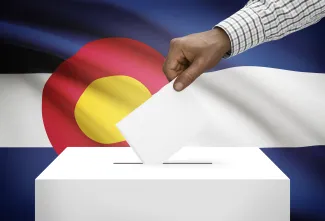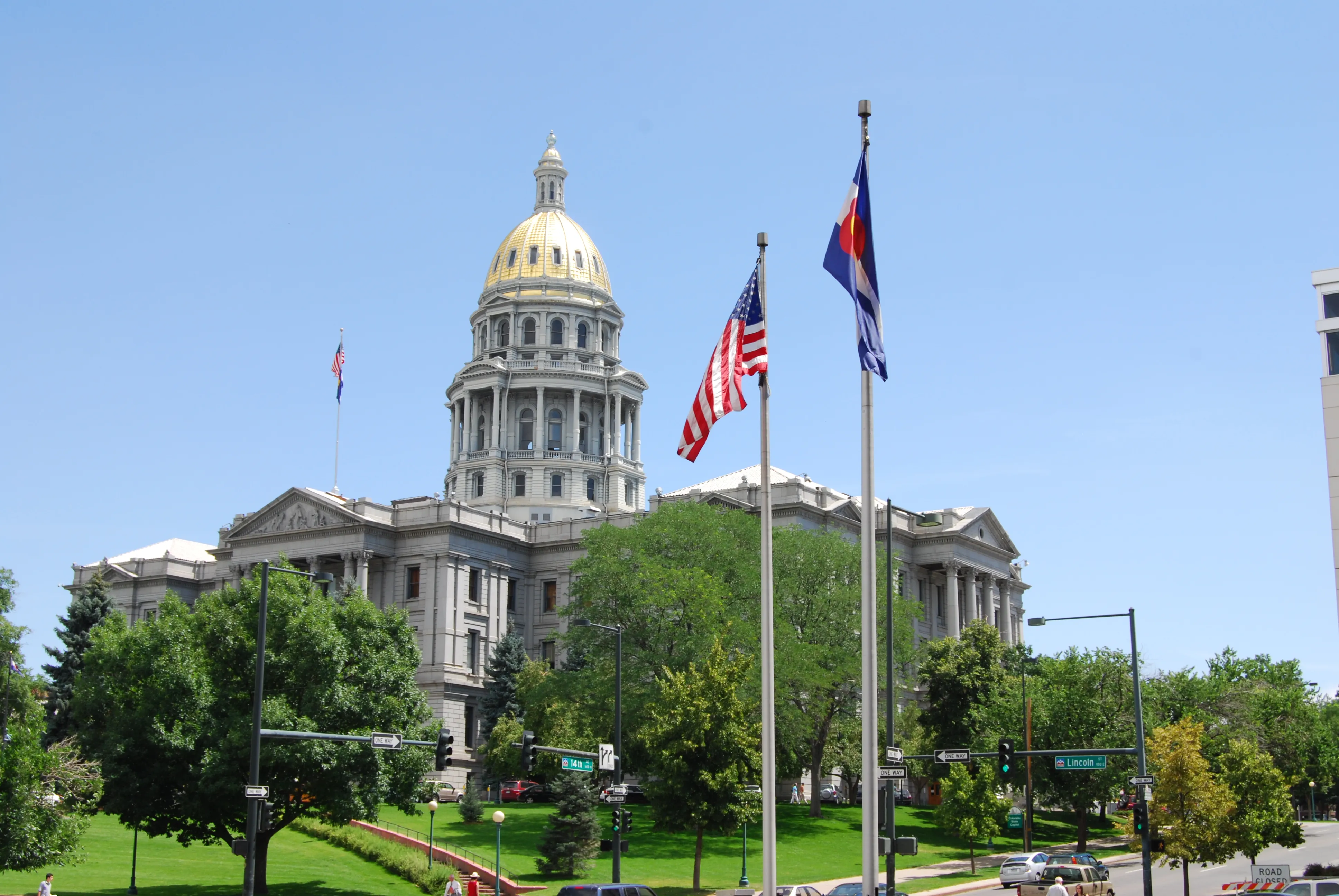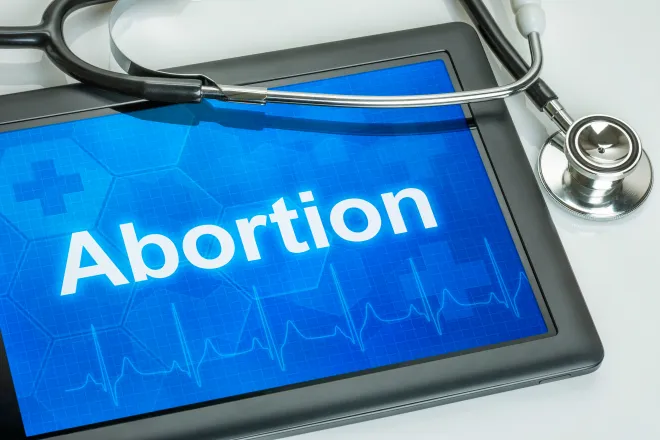
Colorado voters reject 68 percent of TABOR ballot measures over the last 30 years
© iStock - Ligorko
(The Center Square) - Colorado voters have rejected 68 percent of ballot measures requiring a statewide vote under the state’s Taxpayer’s Bill of Rights, also known as TABOR.
In 1992, Colorado voters approved Initiative 1, which created a Taxpayer’s Bill of Rights in the Colorado Constitution. The Colorado Taxpayer’s Bill of Rights (TABOR) requires voter approval for all new taxes, tax rate increases, extensions of expiring taxes, mill levy increases, valuation for property assessment increases, or tax policy changes resulting in increased tax revenue.

The first ballot measure requiring statewide voter approval under TABOR was on the ballot in 1993. Since then, Colorado voters have decided on 38 statewide ballot measures that were designed to increase revenue for the state, which required voter approval under TABOR. Of the 38 measures, 12 (31.58%) were approved and 26 (68.42%) were defeated.
Of the 38 measures, 19 were referred to the ballot by the state legislature and 19 were placed on the ballot through citizen initiative petitions.
Of the 19 referred measures, 11 (57.89%) were approved and eight (42.10%) were defeated.
Of the 19 citizen-initiated measures, one (5.26%) was approved and 18 (94.74%) were defeated.
TABOR limits the amount of money the state of Colorado can take in and spend. It limits the annual increase in state revenue to the prior year’s inflation measured by the Denver-Aurora-Lakewood consumer price index plus the estimated previous year’s change in the state’s population. Any money collected above this limit is refunded to taxpayers unless the voters allow the state to spend it.
The following sources of revenue are not subject to the TABOR state revenue limit:
- -revenue used for refunds to taxpayers;
- -gifts;
- -federal funds;
- -collections for another government;
- -pension contributions by employees;
- -pension fund earnings;
- -transfers or expenditures from reserves;
- -damage awards;
- -property sales;
- -enterprise revenue; and
- -voter-approved revenue changes.
Last week, Colorado voters decided on two measures referred to the ballot by the state legislature requiring voter approval for revenue changes. Measures that can go on the ballot during odd years are limited to topics that concern taxes or state fiscal matters arising under TABOR.
Voters rejected Proposition HH, which would have made various changes to state property taxes and changes to state revenue limits, including:
- reducing the residential property tax assessment rate and subtracting a set amount of money from a property’s taxable value before applying the assessment rate;
- creating two new subclasses of residential property effective in 2025;
- providing funds to local governments to make up for decreased property tax revenues, referred to as backfilling;
- creating a limit on local government property tax revenue; and
- creating a new cap on state revenue (Proposition HH Cap) allowing the state to retain revenue up to the newly created cap, that it would otherwise be required to refund to residents under the Colorado Taxpayer’s Bill of Rights (TABOR).
Voters approved Proposition II, which allowed the state to keep and utilize excess revenue ($23.65 million) generated from increased and new tobacco, cigarette, and nicotine taxes approved by voters in 2020 through Proposition EE. If the measure had been rejected by voters, excess revenue would have been refunded to distributors and wholesalers and tax rates set by Proposition EE would have been reduced.
















